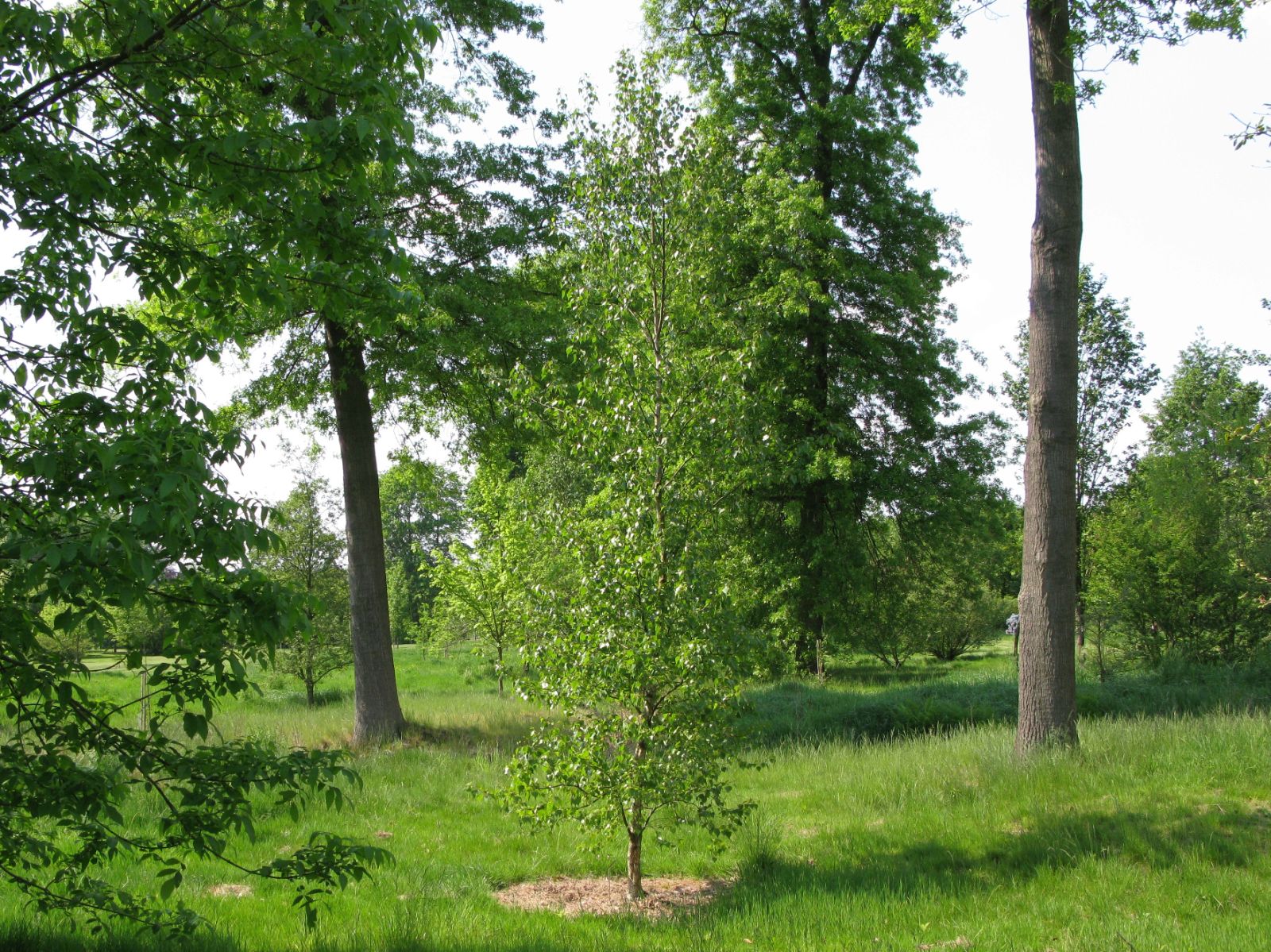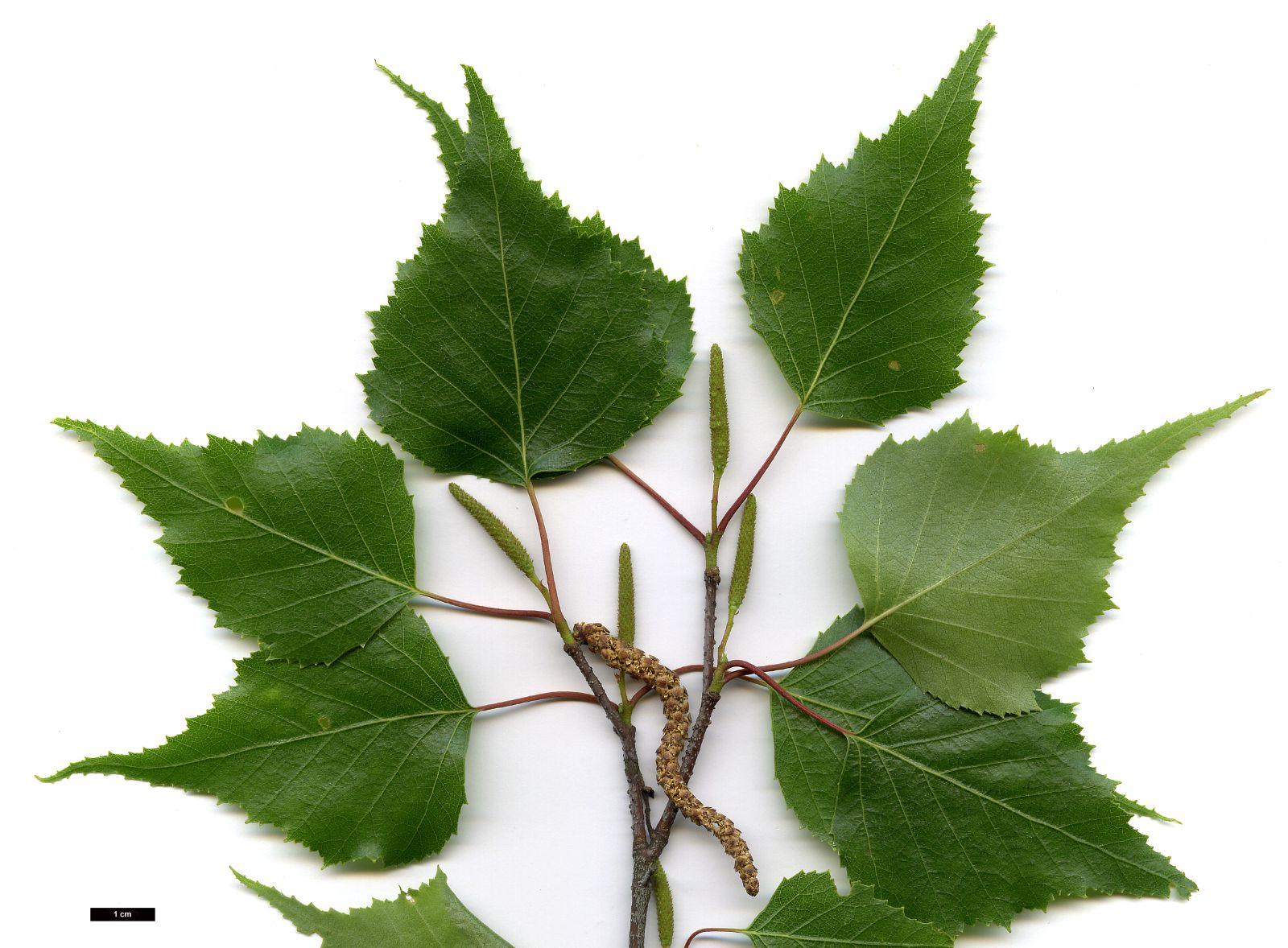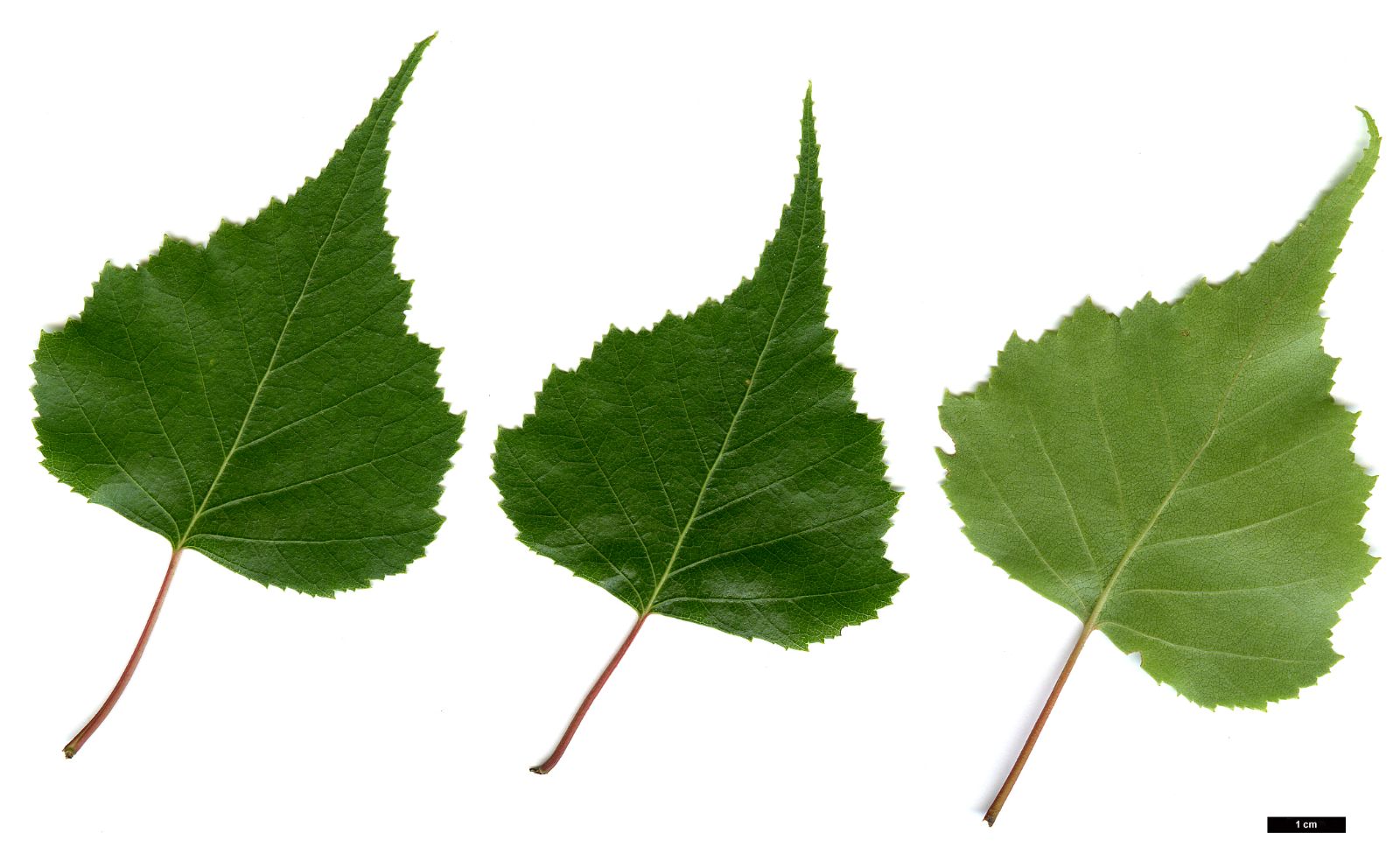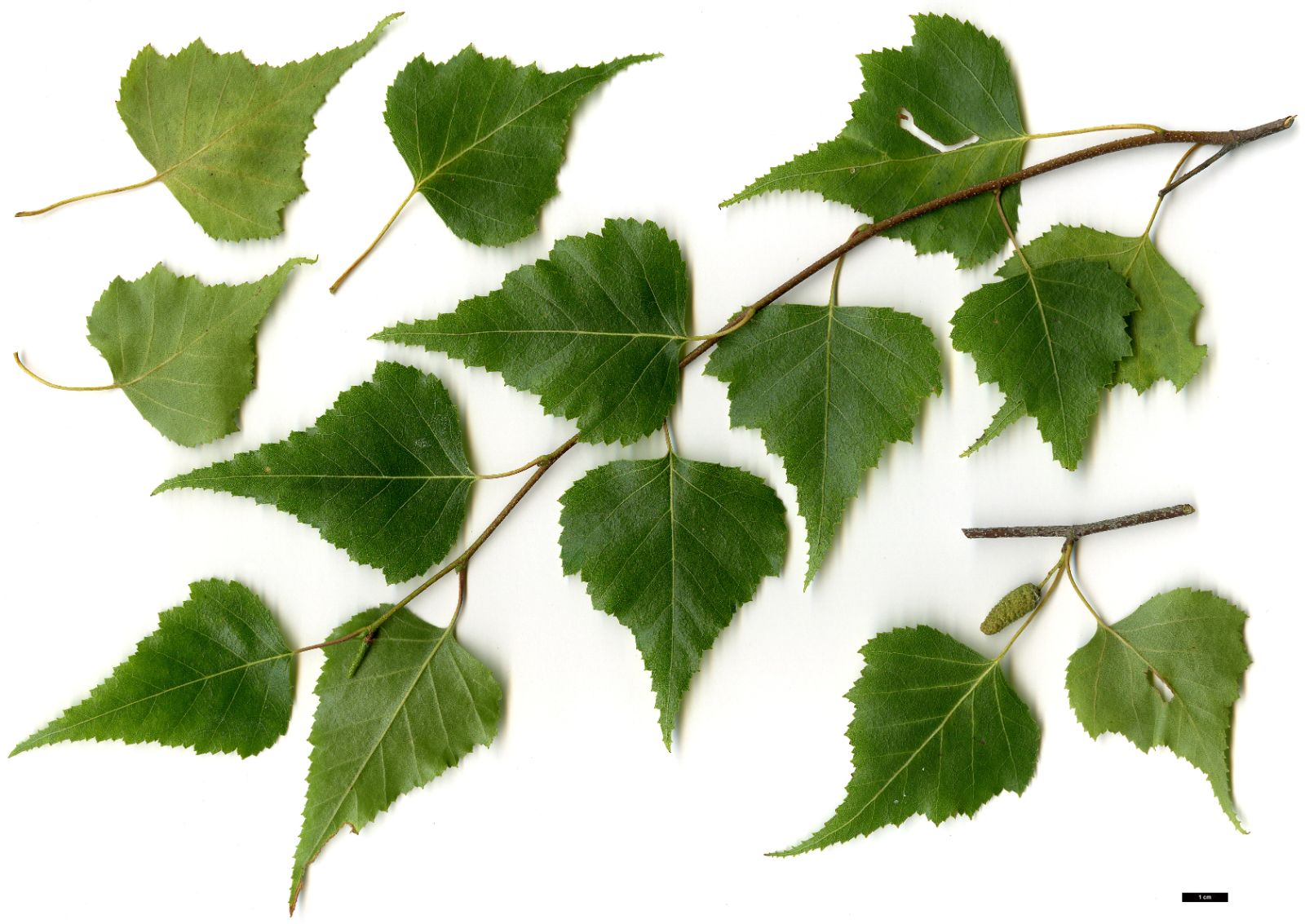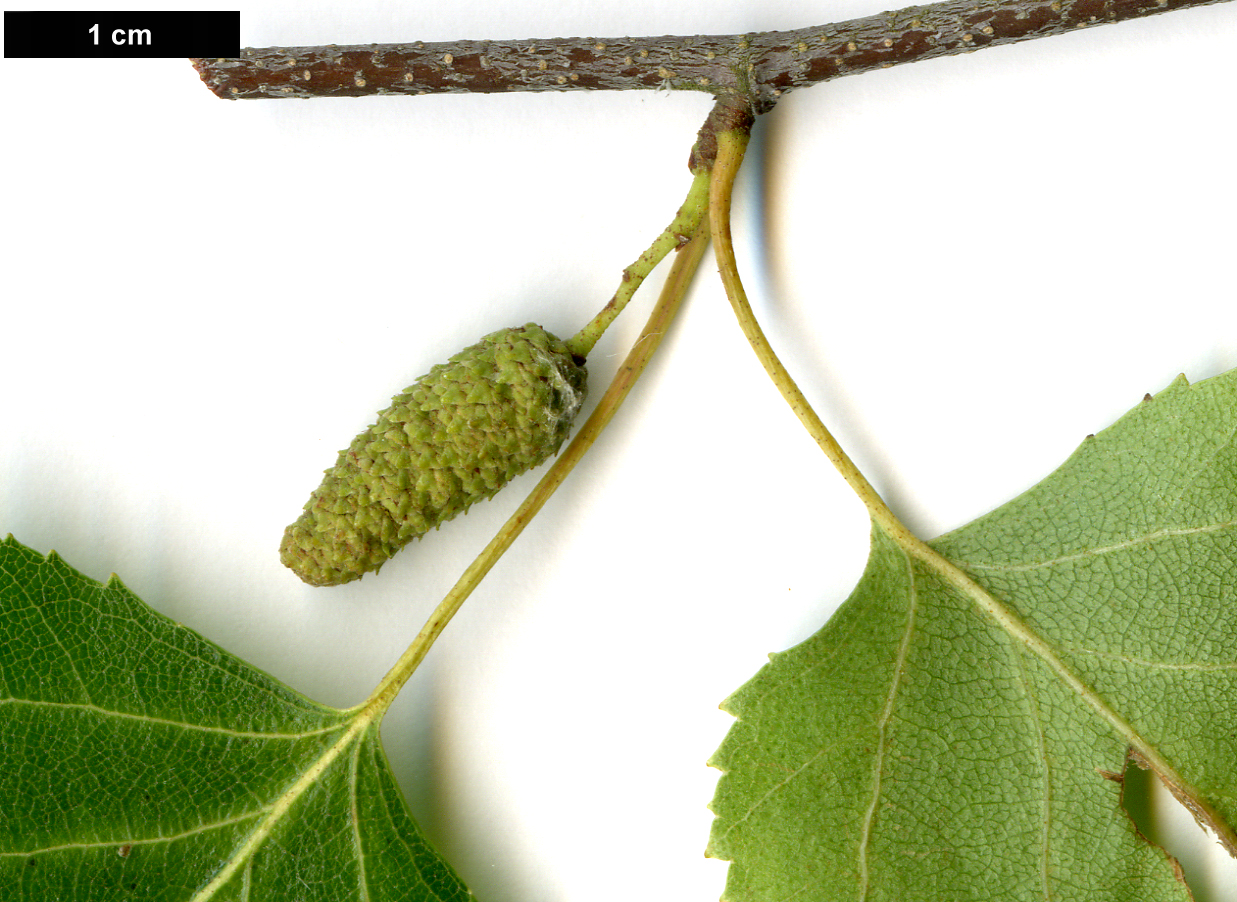Betula populifolia
Credits
Article from Bean's Trees and Shrubs Hardy in the British Isles
Recommended citation
'Betula populifolia' from the website Trees and Shrubs Online (treesandshrubsonline.
Genus
Common Names
- Grey Birch
Other taxa in genus
- Betula albosinensis
- Betula alleghaniensis
- Betula × aurata
- Betula bomiensis
- Betula × caerulea
- Betula chichibuensis
- Betula chinensis
- Betula coerulea-grandis
- Betula cordifolia
- Betula corylifolia
- Betula cylindrostachya
- Betula davurica
- Betula delavayi
- Betula ermanii
- Betula forrestii
- Betula glandulosa
- Betula globispica
- Betula grossa
- Betula humilis
- Betula insignis
- Betula jacquemontii
- Betula lenta
- Betula luminifera
- Betula lutea
- Betula mandshurica
- Betula maximowicziana
- Betula medwediewii
- Betula nana
- Betula neoalaskana
- Betula nigra
- Betula occidentalis
- Betula papyrifera
- Betula pendula
- Betula platyphylla
- Betula potaninii
- Betula pubescens
- Betula pumila
- Betula raddeana
- Betula schmidtii
- Betula szechuanica
- Betula tianschanica
- Betula × utahensis
- Betula utilis
A tree 20 to 40 ft high, with a rather thin, pyramidal head of branches, often pendulous at the ends; bark of the trunk grey-white, young shoots rough with many warts, not downy. Leaves broadly ovate or triangular, broadly wedge-shaped or truncate at the base, drawn out at the apex into a long, slender point; 2 to 31⁄2 in. long, 11⁄4 to 21⁄2 in. wide; glabrous and shining on both surfaces, glandular above; veins in six to nine pairs; leaf-stalk slender, dotted with black glands, 3⁄4 to 1 in. long. Male catkins 2 to 31⁄2 in. long. Fruiting catkins 3⁄4 to 11⁄4 in. long, 1⁄4 in. diameter; scales downy, with the side lobes broader and more rounded than the middle one.
Native of eastern N. America; introduced in 1750. The grey birch in its own region plays much the same part as its ally the white birch does in Europe. It occupies sterile and inclement regions, and is one of the first trees to find its way back to land stripped – either by man or by fire – of its original forest covering. It is short-lived, but according to Sargent performs a valuable function in acting as a nurse for the seedlings of more durable trees. It has little to recommend it for gardens except its interest, having no merit that our native birch does not possess in higher degree. This judgement applies to its behaviour in the British Isles; in its native climate its value as a garden tree may be greater. The longer stalk and drawn-out apex of the leaf, and the absence of down from the younger parts, amply distinguish it.

